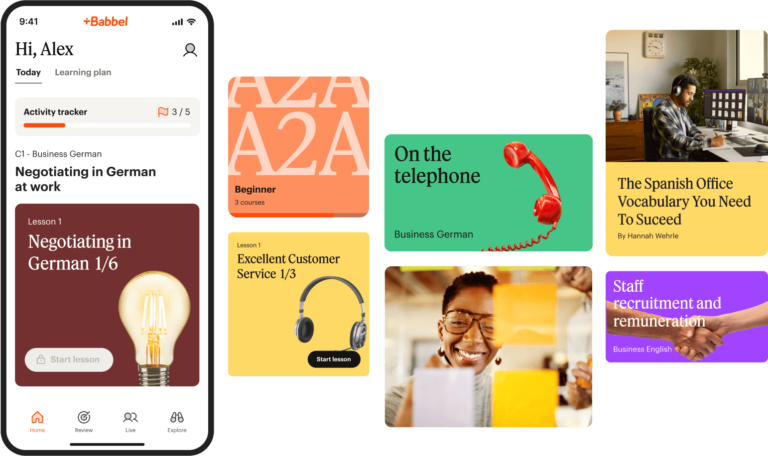Babbel for Business blog
At Babbel, we work hard on finding the best learning strategies, motivational tips and most useful tools, which we are happy to share here.

Featured posts
HR Management
Let’s face it—corporate language training has a reputation problem. Traditional classroom courses are rigid. App-only solutions often lack context. And...
You’ve rolled out a language training program. The intention was good. The platform looked sleek. You even had a kickoff...
Offering a business German course to your employees can open doors—literally. Whether you’re improving safety communication on the factory floor,...
Let’s be honest: learning a new language as a working adult can feel… slow. Especially when you’re not just learning...
You’ve sourced a language training program, gotten budget approval, and sent out the company-wide Slack announcement. But weeks later, you’re...
Spoiler: moving to Spain won’t magically make you fluent. If you’ve ever tried to learn a new language, someone has...
Boosting efficiency is increasingly important in an interconnected world. The ability to speak multiple languages is becoming crucial for businesses....
You hear the phrase “future-proof your workforce” a lot in business circles. But what is an example of future proofing?...
Imagine hiring an employee who quietly increases team efficiency, strengthens customer relationships, and improves workplace inclusion—all without being asked. Chances...




















